Google Pixel 5 review: Middleweight power in a knockout package
Google’s latest flagship takes a small step back - and one giant leap forward
-
+
Outstanding battery life
-
+
Tons of clever software features
-
+
Wireless power sharing
-
+
Improved portrait mode
-
-
Aluminium shell feels a little cheap

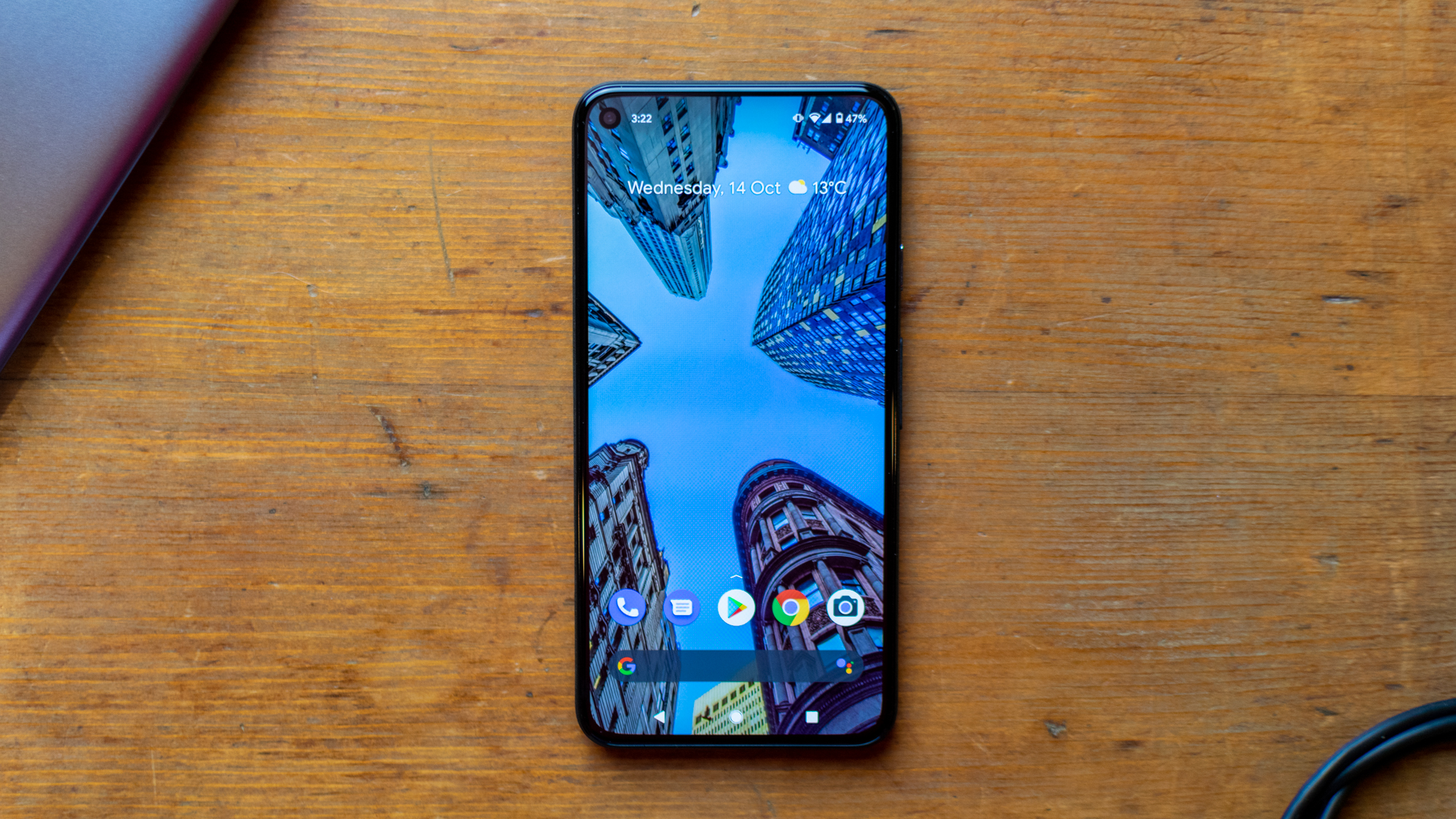
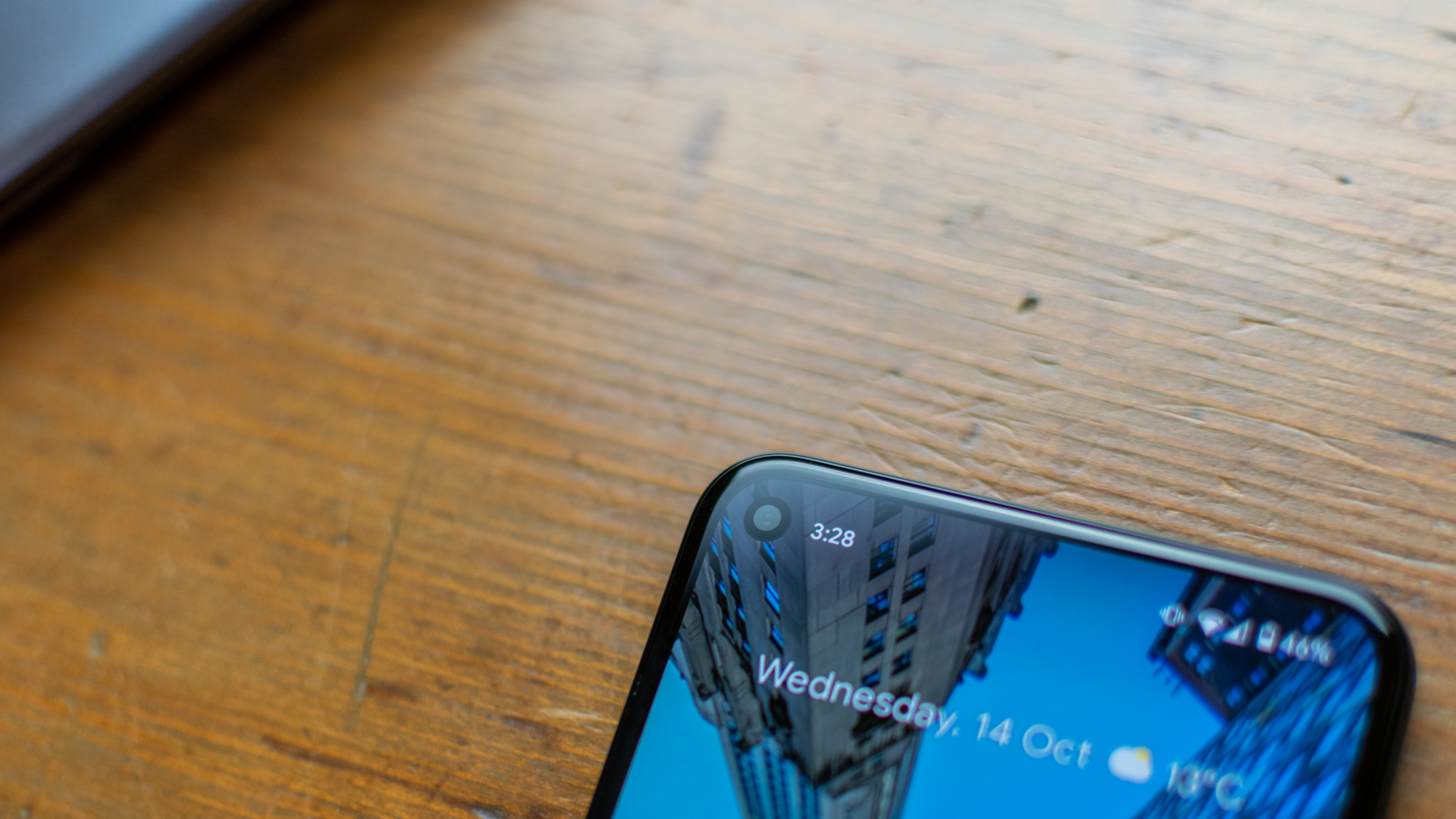
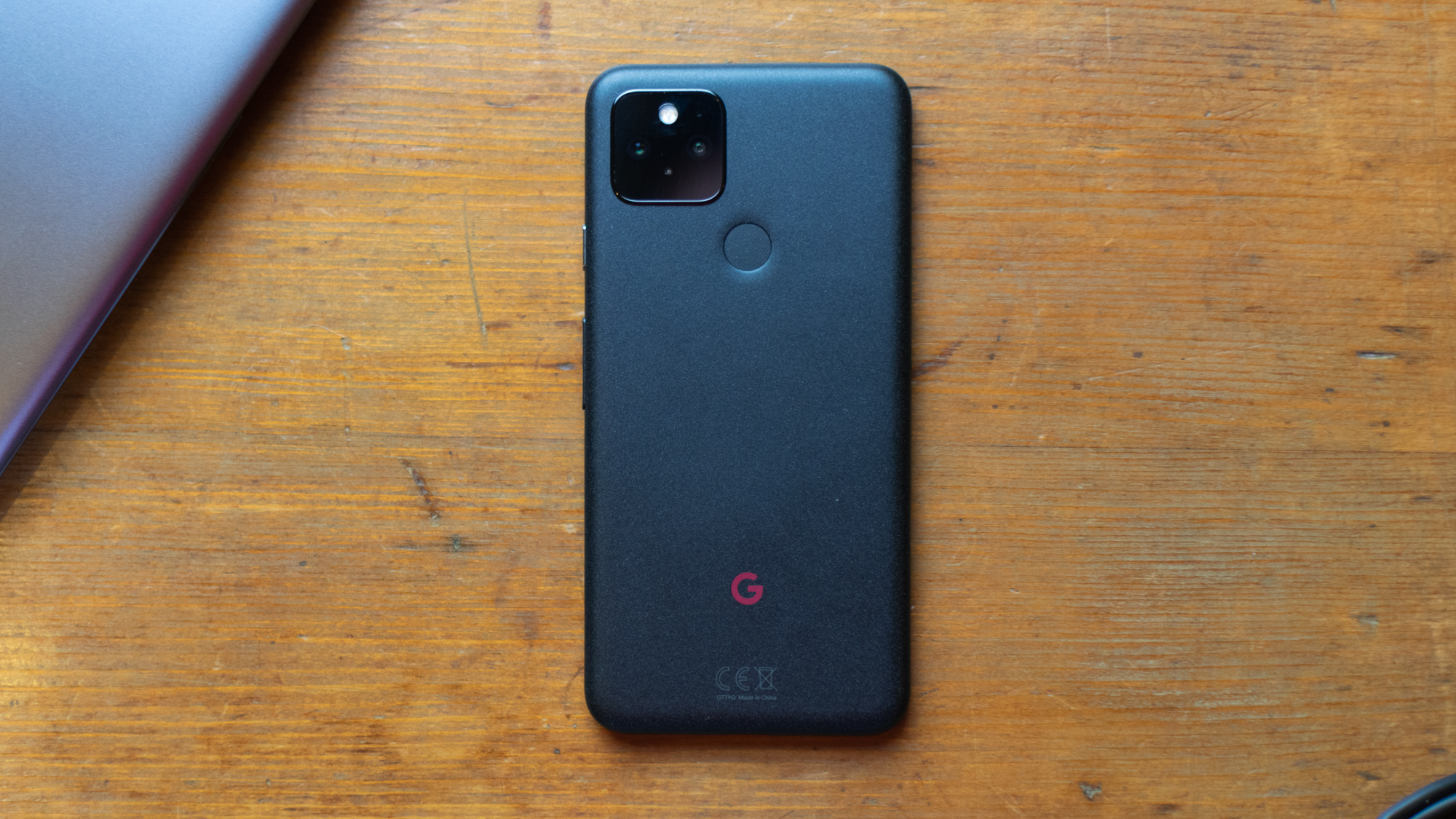
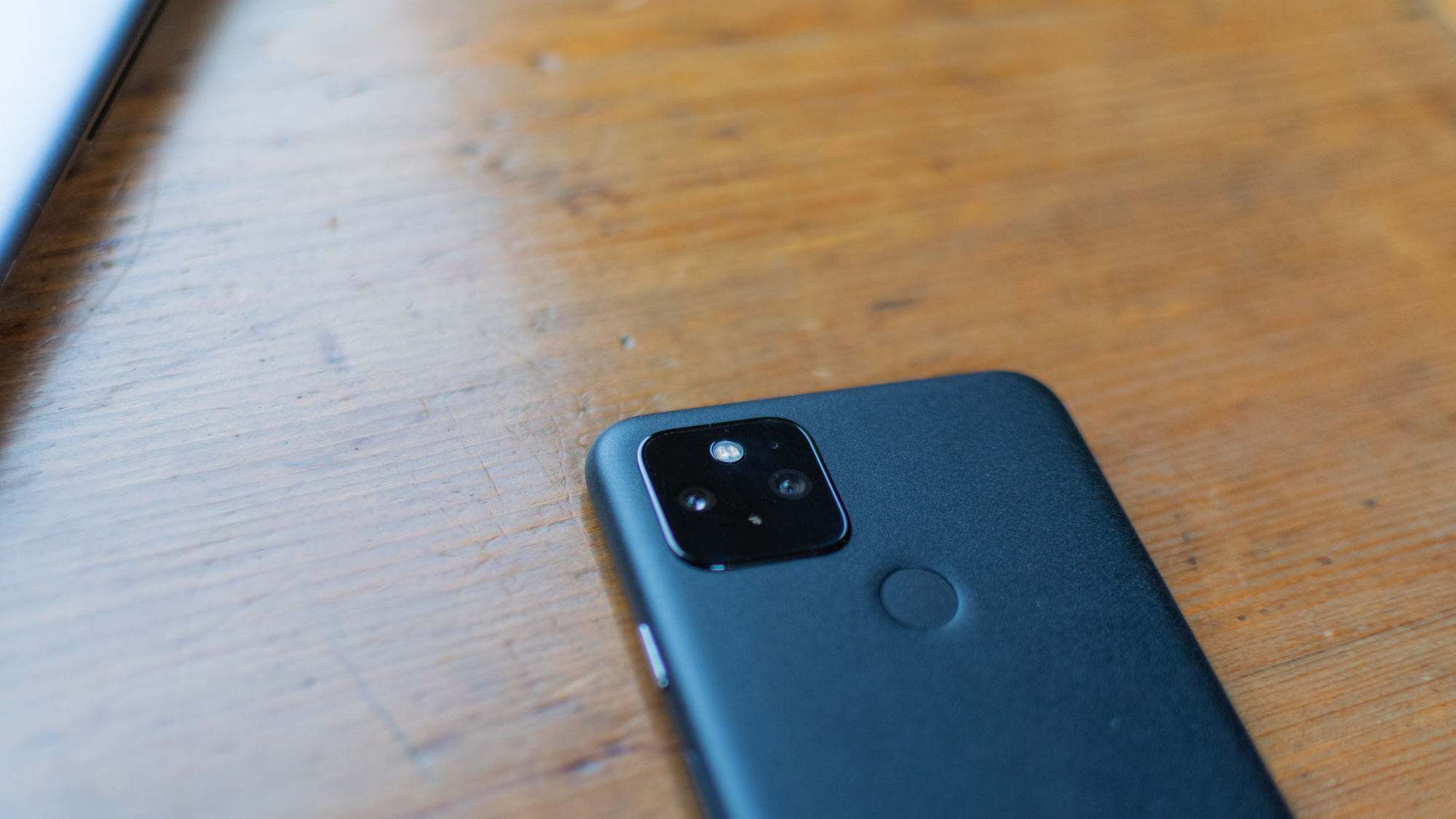
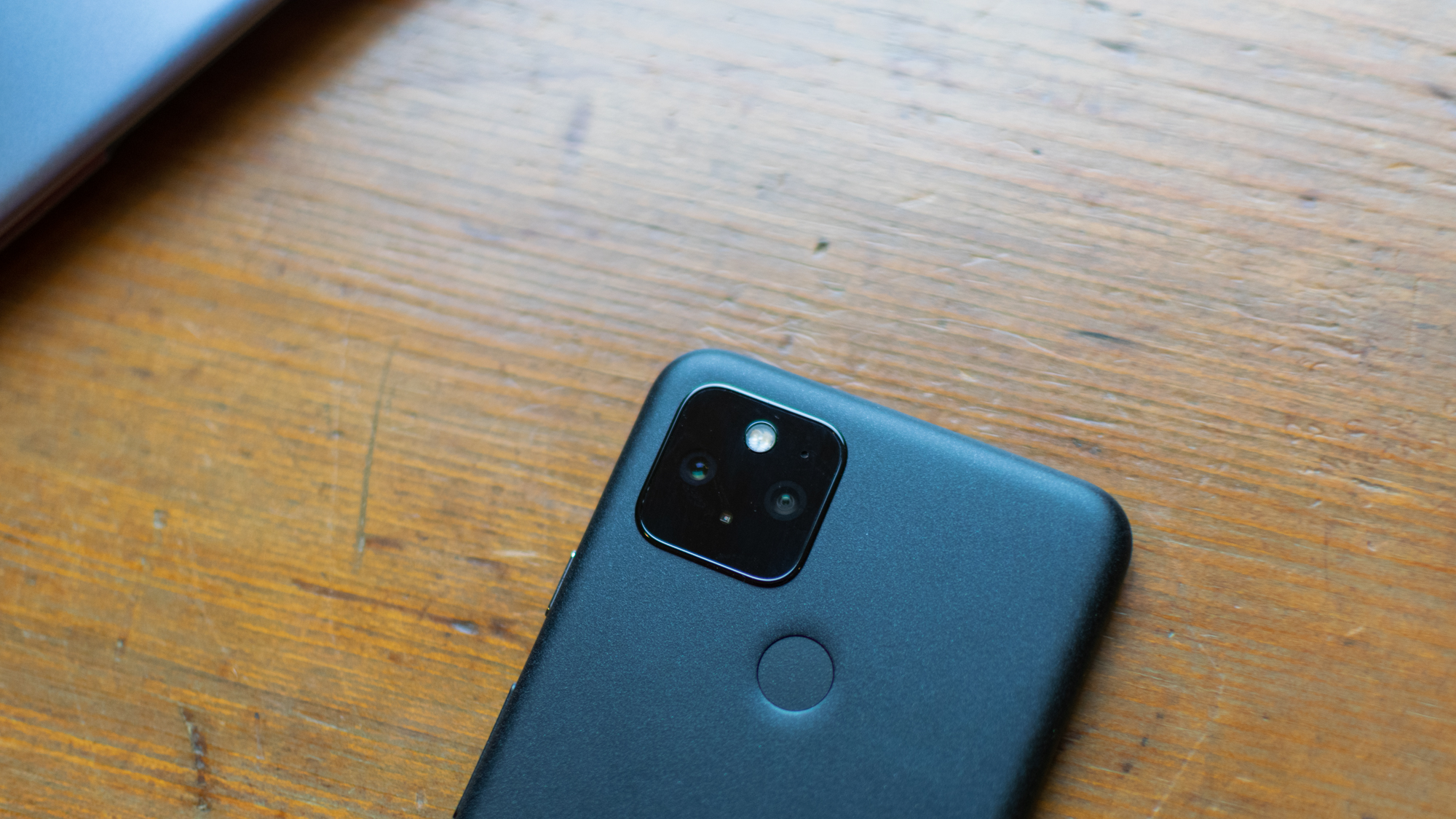
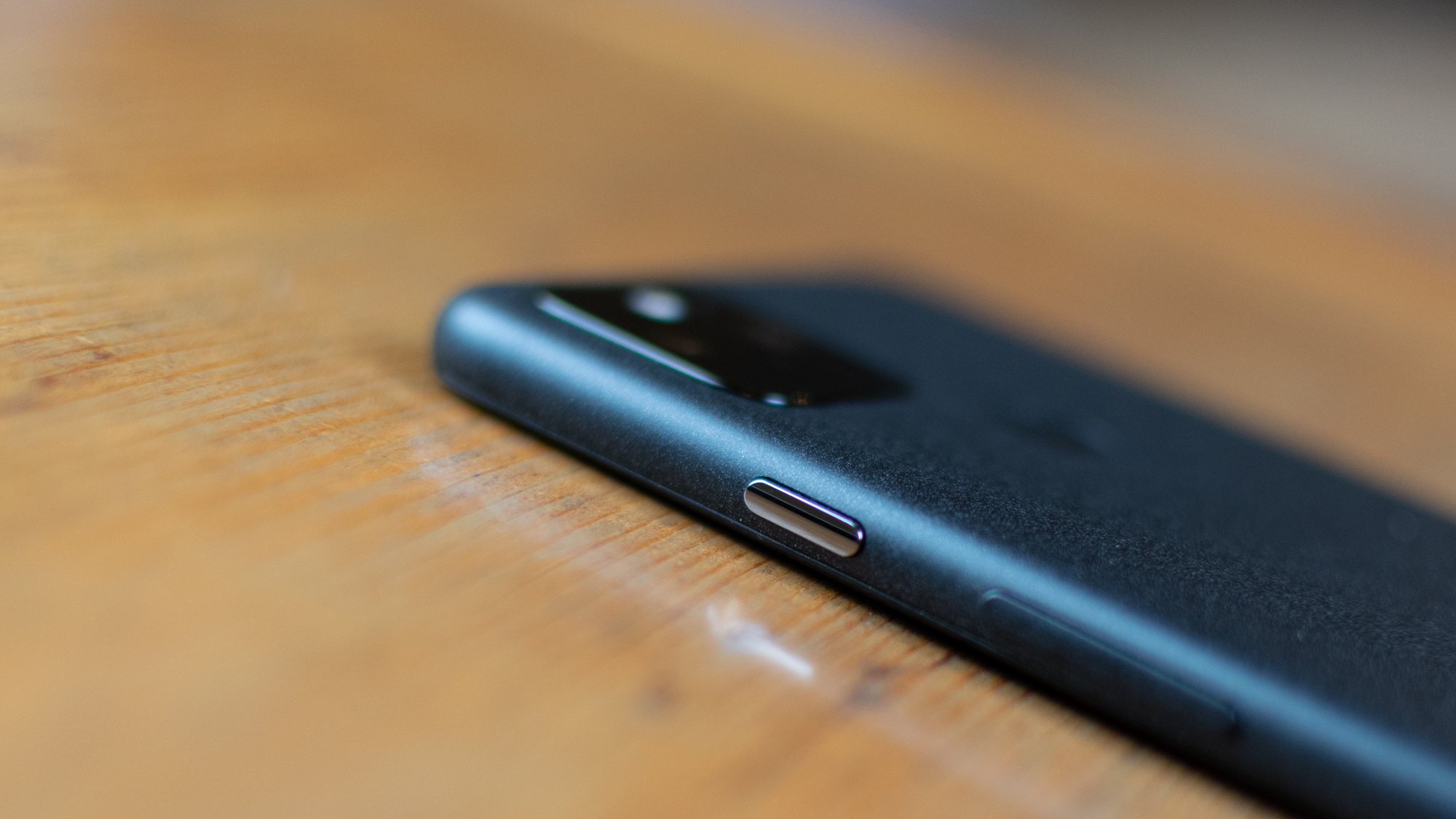
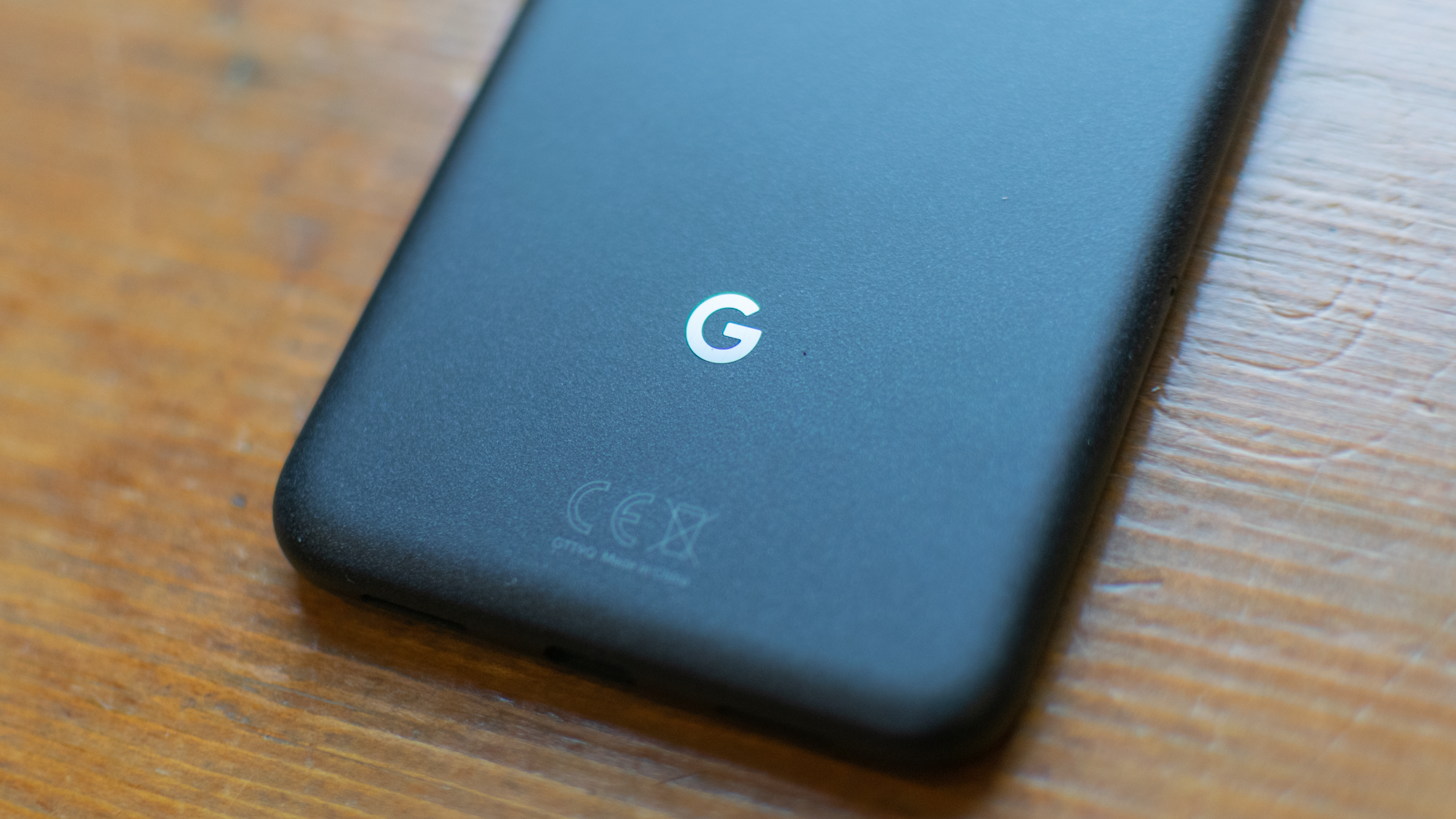
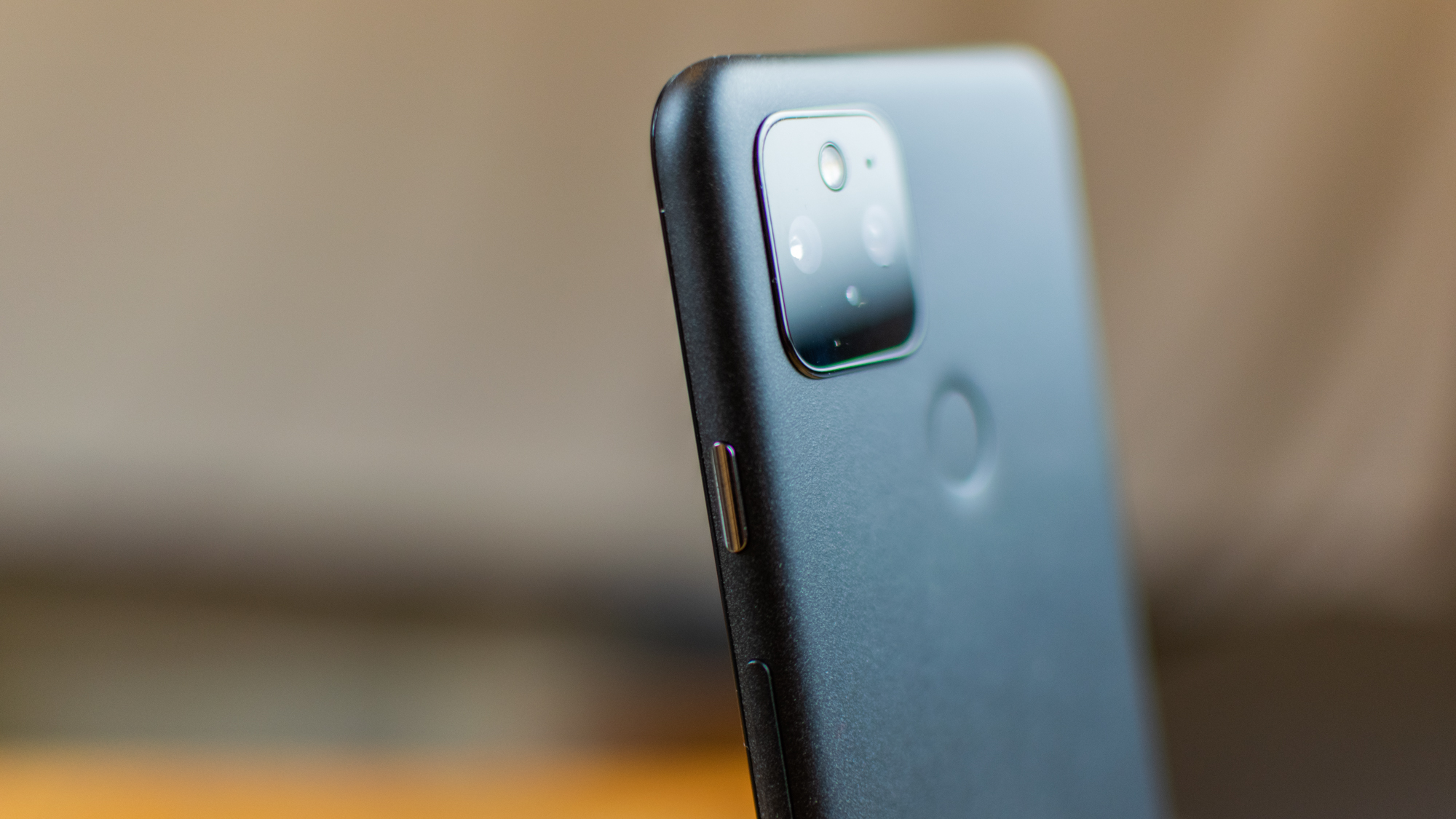
If you come to Google’s latest flagship smartphone expecting a top-of-the-line device, then think again. Instead of the usual all-singing, all-dancing handset stuffed with cutting edge components, the company’s latest device is a rather more stripped-back affair, eschewing flashy flourishes for a more modest specification.
Accordingly, it’s also cheaper than its predecessor, putting it in stark contrast to Apple’s recently-unveiled iPhone 12 Pro Max flagship, which starts at £916 exc VAT. It’s refreshing to see vendors coming round to the idea that not every device needs to cost as much as a 1990 Ford Focus – but what cuts has Google made in service of this, and does the Pixel 5 still retain the series’ unique charm?
Google Pixel 5 review: Design
The first change to note is the design; gone is the sleek glass finish of the Pixel 4, replaced by a recycled aluminium chassis that’s almost identical in design to the Pixel 4a. The main differences are the larger camera housing, and a slightly speckled finish, which adds an intriguing texture to the shell. Our review unit came in ‘Just Black’, but it’s also available in a light green colour scheme, officially dubbed ‘Sorta Sage’.
There are a few other, less noticeable tweaks, too; the 6in screen makes the Pixel 5’s body marginally larger than both the Pixel 4 and 4a, and at 151g it’s also a tiny bit heavier. Elsewhere, subtle accents - such as the power button and the discreet Google logo on the rear - have been highlighted with an attractive chrome effect.
Oddly, despite using a metal chassis, the Pixel 5 feels notably cheaper and more plasticky than the Pixel 4, which is a slight shame. It’s not enough to turn us off the device; it still looks smart and elegant, and the dimensions allow it to fit nicely in the hand compared to larger devices, but it does mark a slight downgrade.

Google Pixel 5 review: Display
Happily, one thing that hasn’t been downgraded is the screen. Still sporting a ‘FHD+’ resolution of 1,080 x 2,340, the 6in edge-to-edge panel is a cracking performer, with a maximum brightness of 468cd/m2 and 95% coverage of the sRGB colour gamut. It also supports HDR video and a 90Hz refresh rate for buttery-smooth scrolling.
In short, it’s everything you could want from a smartphone display; images are crisp, colours are vivid, and the 90Hz refresh rate makes swiping through menus an absolute dream. Solid brightness also ensures that bright outdoor conditions aren’t likely to prove a problem.
Google Pixel 5 review: Specs and performance
The biggest area that Google has compromised in is internal hardware; the Pixel 5 is fitted with one of Qualcomm’s mid-range Snapdragon 765G processors, as opposed to the more powerful Snapdragon 865 chips found in other flagships like the Oppo Find X2 Pro. This is paired with a respectable 8GB of RAM.
Sure enough, the Pixel 5’s benchmark scores lag behind the X2 Pro and others in the same bracket. Its single and multi-core results of 597 and 1,609 are dwarfed by the Samsung Galaxy S20 Ultra 5G’s score of 948 and 2,869, and are on par with the Pixel 4a’s results. However, these figures don’t tell the whole story.
We’ve long said that modern flagships are far more powerful than any average user has need for, and all that extra headroom does is drain the battery and add unnecessary expense. It would seem that Google agrees, and the choice to opt for a less-powerful chip actually serves the Pixel 5 well; the difference isn’t actually noticeable in practise, and both the cost and the battery life are very agreeable as a result.

Google Pixel 5 review: Battery
On that subject, the Pixel 5 has the best battery life of any phone in the series by quite some distance. The 4080mAh cell powered it to a total time of 22hrs 54mins in our video playback test - more than 10 hours better than the Pixel 4, and a solid four hours in front of the 4a, the previous reigning champ. That’s more than enough to see you through a full day of fairly intense use, and some ways into the next day to boot.
It also benefits from the same smart battery management software built into previous Pixel devices, including a new ‘extreme battery saver’ mode that throttles all non-essential apps and limits processing and extra features for additional longevity. Not only that, but in addition to wireless charging and fast-charging, Google has stuffed in a cool new feature, in the form of wireless power-sharing - meaning that you can use your phone’s battery to charge any device that’s compatible with the Qi wireless charging standard.
Google Pixel 5 review: Camera
The camera is always a major selling-point of the Pixel series, and the 5th-gen model continues to uphold Google’s excellent record. The company has changed things up once again for this outing; while the rear camera still uses a twin-lens setup, the second lens has been switched from a 16MP 2x telephoto lens to a 16MP ultra wide-angle lens.
Whether you’d rather have improved zoom capabilities of wide-angle shots will likely come down to personal preference, but for our money wide-angle is the more useful of the two. Sadly, however, Google has done away with the front-facing wide-angle camera seen on the Pixel 3, which was a genuinely useful feature; as with the Pixel 4 and 4a, it’s just a single 8MP lens this time around.
Nevertheless, photos are as crisp, detailed and colour-balanced as you’d expect from the Pixel range, and Google’s clever camera software is once again the icing on the cake. Night Sight has been set to automatically activate in low-light conditions, making it even easier to get good shots in the dark, and the already-impressive portrait mode has been even further enhanced with a new Portrait Light feature. This adds an adjustable effect simulating the kind of ‘fill light’ you’d use in a professional studio portrait; it’s added automatically when using portrait mode (with AI calculating the best angle and intensity to use, naturally) but it can also be added to any portraits you’ve taken outside of portrait mode, too.

The results are simply stunning, and work particularly well for black and white portraits, giving them an arresting chiaroscuro effect. As usual, delving into the Pixel’s inbuilt photo editing tools allows you to tweak the results - but in all honesty, they’re so good that you won’t need to.
Elsewhere, video capabilities are well-represented, with the ability to shoot upto 4K resolution at upto 60fps. There’s also some new video stabilisation tools, including a new ‘cinematic pan’ effect for smoother and more impressive-looking footage.
Google Pixel 5 review: Features
The biggest new feature of the Pixel 5 is its support for 5G; alongside the newly-upgraded Pixel 4a 5G, it’s the first Google phone to support the new technology. This means faster downloads, more reliable streaming and even the ability to create a 5G mobile hotspot - assuming you’re on a plan that supports it, and in an area with strong enough coverage. With the rollout of 5G now starting to gain pace, this is a nice bit of future-proofing if nothing else.
There’s also improvements to several integrated Google apps, such as Duo video calling, which now benefits from HD screen-sharing, and Google’s excellent Recorder app with automatic transcription - an incredibly handy feature for journalists like us - now includes improved search and editing features.
Elsewhere, there’s IPX8 waterproofing to help it survive accidental dunks, and Google’s Titan M security chip for hardware-level protection. There’s also a number of software safeguards built in to automatically flag suspected spam calls and phishing links for added safety. As with all Pixel phones, the Google Assistant is baked into the device, and it works just as well as ever - although the ‘Active Edge’ feature, which allowed you to summon the Assistant by squeezing your phone, has been consigned to history.

Google Pixel 5 review: Verdict
With the Pixel 5, Google is aiming for a more sensible pricing strategy, and for that we commend it - but it does raise the question of whether this phone has much to recommend it over Google’s other midrange device, the Pixel 4a. The 4a, after all, is just over £200 cheaper than this handset, and although at £416 the 4a 5G is much less of a bargain, the original is still a compelling proposition.
On the surface, it looks like the difference between Google’s flagship and mid-range devices is much less stark than with previous generations; the main camera lens is technically identical, performance is identical, and there’s not much difference from a visual perspective either.
Look closer, however, and you’ll notice that Google has made small tweaks in the right places, which add up to a drastically improved experience. First up, the battery life is the most impressive we’ve seen on a Pixel device, and up there with the best Android flagships around. In concert with wireless charging and powersharing, that alone is enough to sway the decision in the Pixel 5’s favour, but it’s also backed up by improved camera software and 5G compatibility.
All told, it’s an incredibly impressive package that sets a new bar for smartphone manufacturers, proving that a phone doesn’t need to cost the earth in order to be genuinely excellent. Google may have taken a step back in terms of hardware, but in doing so it’s made one giant leap forward.
Google Pixel 5 specifications
| Processor | Octa-core Qualcomm Snapdragon 765G |
| RAM | 8GB |
| Screen | 6in 1,080 x 2,340 |
| Front camera | 8-megapixel (f/2.0) |
| Rear camera | 12.2-megapixel (f/1.7), 16-megapixel ultra wide-angle (f/2.2) |
| Dust and water resistance | IPX8 |
| 3.5mm headphone jack | N/A |
| Wireless charging | Yes |
| USB connection type | USB-C |
| Storage options | 128GB |
| Memory card slot (supplied) | N/A |
| Wi-Fi | 802.11ac |
| Bluetooth | Bluetooth 5.0 |
| NFC | Yes |
| Cellular data | 4G/5G |
| Dual SIM | N/A |
| Dimensions (WDH) | 145 x 70 x 8 mm |
| Weight | 151g |
| Operating system | Android 11 |
| Battery size | 4080mAh |
Get the ITPro daily newsletter
Sign up today and you will receive a free copy of our Future Focus 2025 report - the leading guidance on AI, cybersecurity and other IT challenges as per 700+ senior executives
Adam Shepherd has been a technology journalist since 2015, covering everything from cloud storage and security, to smartphones and servers. Over the course of his career, he’s seen the spread of 5G, the growing ubiquity of wireless devices, and the start of the connected revolution. He’s also been to more trade shows and technology conferences than he cares to count.
Adam is an avid follower of the latest hardware innovations, and he is never happier than when tinkering with complex network configurations, or exploring a new Linux distro. He was also previously a co-host on the ITPro Podcast, where he was often found ranting about his love of strange gadgets, his disdain for Windows Mobile, and everything in between.
You can find Adam tweeting about enterprise technology (or more often bad jokes) @AdamShepherUK.
-
 ‘Phishing kits are a force multiplier': Cheap cyber crime kits can be bought on the dark web for less than $25 – and experts warn it’s lowering the barrier of entry for amateur hackers
‘Phishing kits are a force multiplier': Cheap cyber crime kits can be bought on the dark web for less than $25 – and experts warn it’s lowering the barrier of entry for amateur hackersNews Research from NordVPN shows phishing kits are now widely available on the dark web and via messaging apps like Telegram, and are often selling for less than $25.
By Emma Woollacott Published
-
 Redis unveils new tools for developers working on AI applications
Redis unveils new tools for developers working on AI applicationsNews Redis has announced new tools aimed at making it easier for AI developers to build applications and optimize large language model (LLM) outputs.
By Ross Kelly Published
-
 Google layoffs continue with "hundreds" cut from Chrome, Android, and Pixel teams
Google layoffs continue with "hundreds" cut from Chrome, Android, and Pixel teamsNews The tech giant's efficiency drive enters a third year with devices teams the latest target
By Bobby Hellard Published